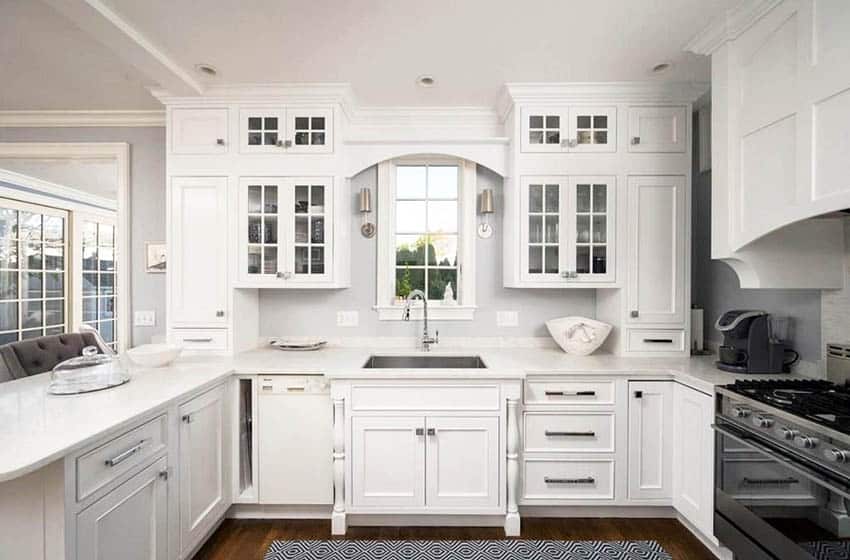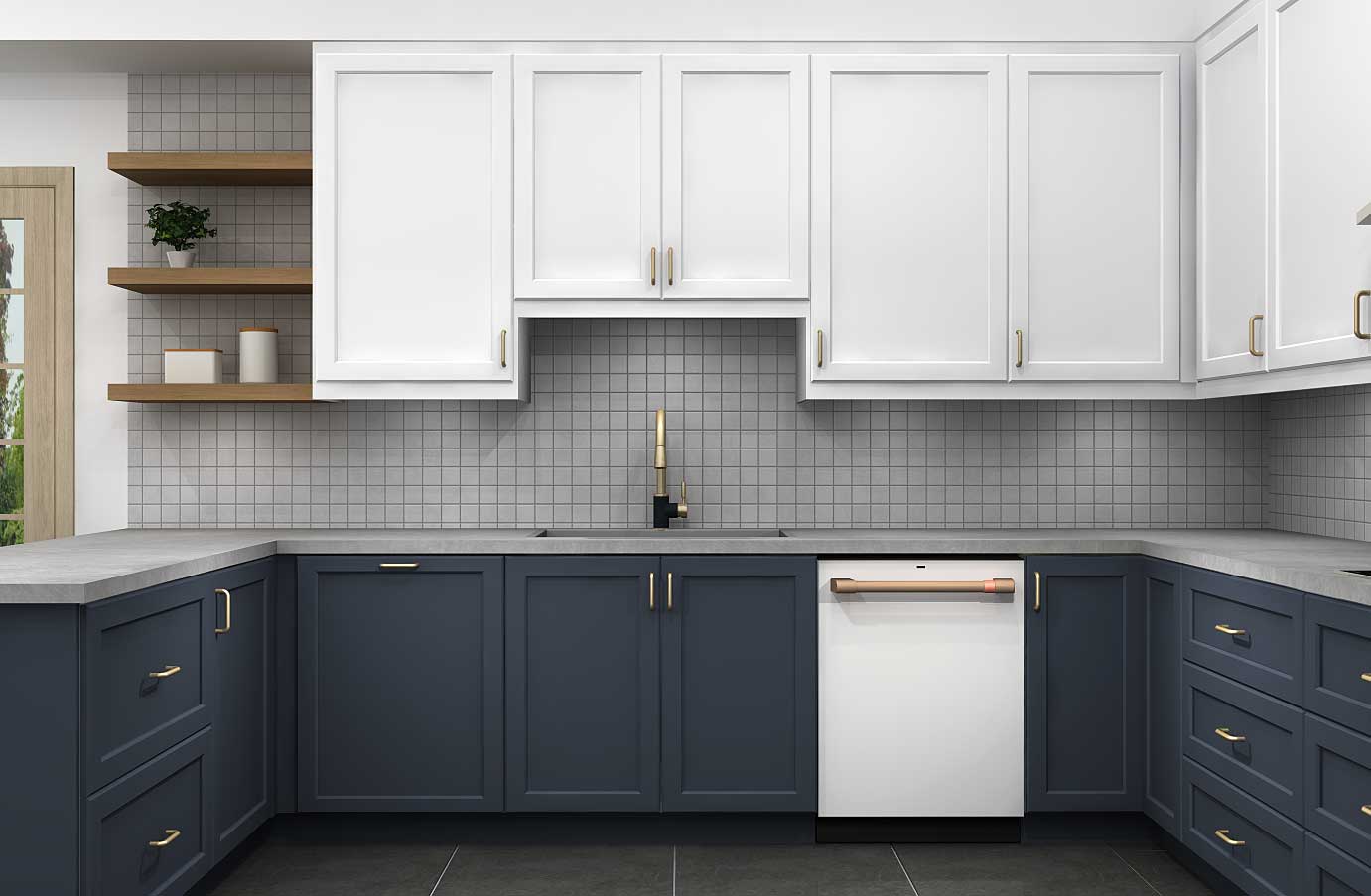Understanding the Concept

A sink bench cabinet is a versatile and space-saving kitchen design element that combines a sink with a countertop and storage space in a single, compact unit. This unique combination offers numerous benefits, particularly in smaller kitchens where space is at a premium.
Purpose and Functionality
The primary purpose of a sink bench cabinet is to provide a functional and efficient workspace for food preparation, washing, and storage. It serves as a central hub for various kitchen tasks, offering a dedicated area for both wet and dry work. The countertop provides a surface for chopping, mixing, and preparing food, while the integrated sink facilitates washing and rinsing. The cabinet below the countertop offers valuable storage space for kitchen essentials, keeping them organized and easily accessible.
Advantages
- Space Optimization: Sink bench cabinets are designed to maximize space utilization, especially in smaller kitchens. By combining the sink, countertop, and storage in a single unit, they eliminate the need for separate cabinets and countertops, creating a more open and efficient kitchen layout.
- Enhanced Functionality: The integrated design of a sink bench cabinet provides a dedicated workspace for various kitchen tasks. The countertop offers ample surface area for food preparation, while the sink facilitates washing and rinsing, making the entire process more efficient.
- Improved Organization: The built-in storage space beneath the countertop offers a convenient and organized way to store kitchen essentials. This keeps items within easy reach, reduces clutter, and promotes a more organized kitchen environment.
- Aesthetic Appeal: Sink bench cabinets can enhance the aesthetic appeal of a kitchen. Their sleek and modern design can complement various kitchen styles, adding a touch of sophistication and functionality to the space.
Disadvantages
- Limited Countertop Space: Compared to traditional kitchen layouts, sink bench cabinets may offer less countertop space. This can be a limitation for larger kitchens or households that require extensive food preparation areas.
- Limited Storage Capacity: The storage space beneath the countertop is typically limited, making it less suitable for storing large or bulky items. This may require additional storage solutions in larger kitchens.
- Cost Considerations: Sink bench cabinets can be more expensive than traditional kitchen layouts due to their integrated design and specialized construction. This may be a factor to consider for budget-conscious homeowners.
Comparison with Traditional Kitchen Layouts
- Space Utilization: Sink bench cabinets offer a more efficient use of space compared to traditional kitchen layouts, where the sink, countertop, and storage are often separated into distinct units. This makes them ideal for smaller kitchens or kitchens with limited floor space.
- Work Flow: Sink bench cabinets can streamline kitchen workflow by providing a dedicated and centralized workspace for food preparation, washing, and storage. This can be particularly beneficial for smaller kitchens, where space constraints can make it challenging to move between different areas.
- Flexibility: Sink bench cabinets offer flexibility in terms of customization and design. They can be tailored to fit specific kitchen layouts and requirements, providing a personalized solution for individual needs.
Design Considerations: Sink Bench Cabinet Design

Crafting a sink bench cabinet goes beyond mere functionality; it’s an opportunity to blend aesthetics with practicality. The design should seamlessly integrate with the existing kitchen layout while ensuring user comfort and convenience.
Design Styles and Aesthetics
The visual appeal of a sink bench cabinet is paramount. Various design styles can be incorporated, each offering a unique aesthetic. Here are some popular choices:
- Modern: Clean lines, minimalist details, and a focus on functionality are hallmarks of this style. Materials like stainless steel, glass, and sleek laminates are common.
- Traditional: This style emphasizes classic elements like ornate carvings, intricate moldings, and warm wood tones. Think cherry, oak, or maple for a timeless feel.
- Rustic: Natural wood finishes, distressed surfaces, and a focus on handcrafted details characterize this style. Reclaimed wood and metal accents add a touch of vintage charm.
- Industrial: This style incorporates exposed metal, concrete, and reclaimed materials, creating a raw and edgy look. Think exposed pipes, metal accents, and a rough-hewn aesthetic.
Ergonomics and User-friendliness
Ergonomics plays a crucial role in ensuring a comfortable and efficient workspace. A well-designed sink bench cabinet should prioritize the following:
- Comfortable Work Height: The sink should be at a height that allows for easy access and minimizes strain on the back and shoulders. A general rule of thumb is to position the sink at elbow height when standing.
- Adequate Storage Space: The cabinet should provide ample storage for cleaning supplies, dishware, and other kitchen essentials. Consider incorporating adjustable shelves, drawers, and pull-out bins for maximum organization.
- Easy Access to Plumbing: Ensure easy access to plumbing fixtures for maintenance and repairs. This may involve incorporating pull-out drawers or leaving sufficient space around the plumbing lines.
Materials Commonly Used
The choice of materials significantly impacts the look, durability, and cost of the sink bench cabinet. Common materials include:
- Wood: Durable, versatile, and aesthetically pleasing, wood is a popular choice for cabinet construction. Different wood species offer varying grain patterns, colors, and durability. Consider hardwoods like oak, maple, or cherry for longevity and resistance to scratches.
- Laminate: A cost-effective and durable option, laminate offers a wide range of colors, patterns, and finishes. It is also resistant to moisture and stains, making it ideal for kitchen environments.
- Stainless Steel: Highly durable, easy to clean, and resistant to corrosion, stainless steel is often used for cabinet doors and countertops. It adds a modern and sleek aesthetic to the kitchen.
- Concrete: A contemporary choice, concrete adds a raw and industrial feel. It can be used for countertops, sinks, and even cabinet bases. Concrete’s durability and resistance to heat make it a practical choice.
Integration with Existing Kitchen Layouts, Sink bench cabinet design
A well-designed sink bench cabinet should seamlessly blend with the existing kitchen layout. Consider the following factors:
- Cabinet Size and Shape: Choose a cabinet size and shape that complements the surrounding cabinetry and workspaces. Ensure the cabinet fits comfortably within the available space without encroaching on other areas.
- Color and Finish: Select a color and finish that harmonizes with the existing kitchen décor. Matching or complementing the surrounding cabinets can create a cohesive look.
- Lighting: Adequate lighting is essential for a functional workspace. Consider incorporating overhead lighting, under-cabinet lighting, or a combination of both. This will ensure sufficient illumination for tasks like washing dishes and preparing food.
Cabinet Configurations and Features
The configuration and features of a sink bench cabinet can vary greatly depending on the specific needs and preferences of the user. The following table showcases some common configurations and their features:
| Configuration | Features |
|---|---|
| Single-door cabinet with open shelf | Offers ample storage space for cleaning supplies and dishware. The open shelf provides easy access to frequently used items. |
| Double-door cabinet with drawers | Provides ample storage space for various kitchen essentials. Drawers offer convenient organization and easy access to items. |
| Cabinet with pull-out trash bin | Integrates a trash bin into the cabinet, maximizing space and minimizing clutter. The pull-out design makes it easy to dispose of waste. |
| Cabinet with built-in cutting board | Features a built-in cutting board that folds down or slides out, creating a convenient workspace. This eliminates the need for a separate cutting board. |
A sink bench cabinet design can be a fantastic way to add functionality and style to your kitchen. Consider incorporating a two-tone look by exploring different color options for the top and bottom cabinets, like those featured in this article on kitchen cabinets different colors top bottom.
A contrasting color scheme can visually separate the bench area from the rest of the kitchen, creating a unique focal point and enhancing the overall design.
Sink bench cabinet design offers a unique blend of functionality and style, adding a touch of rustic charm to your kitchen. For a sustainable and budget-friendly approach, consider incorporating used Wood-Mode cabinets into your design. These high-quality cabinets, often available at a fraction of the cost of new ones, can add a timeless elegance to your sink bench, making it a focal point of your kitchen.